


After cerebral artery occlusion, the extent of damage depends on the gradient of reduced blood flow in the respective supply area and time from onset. A complex pathophysiological cascade starts expanding, affecting brain cells over time and space.
There is a close association between delay from stroke onset to treatment with both tPA and ET and irreversible tissue damage—the ‘‘time-is-brain’’ rationale. Hence, timely reperfusion by reopening the occluded artery is the key to achieve a better outcome. In contrast, despite promising results in animal models, neuroprotective attempts in humans have failed so far. While neuroprotection without reperfusion seems unlikely to be a successful strategy, the ‘‘freezing penumbra’’ concept, based on the assumption that salvageable tissue can be preserved by blocking the ischemic cascade until the blood supply is re-established remains under investigation. However, the early induction of secondary cell death in the penumbra would also probably require starting such treatments very quickly after arterial blockage.
